AI is dominating conversations, and it's easy to get swept up in the hype. But not all AI tools are created equal, and for attractions, it’s not about following the latest buzz — it’s about delivering tangible results that enhance the guest experience.
Mark Locker, founder and CEO, and Peter O’Dare, VP of product at attractions.io spoke to blooloop about the extraordinary possibilities of AI and how this technology is set to go beyond ChatGPT and LLMs to enable operators to weave new, magical experiences for their guests.

Beyond the hype
AI is significantly changing the way that organisations work. However, this vast and rapidly evolving landscape can be daunting to new entrants who are navigating if, and how, to start using the technology.
"Avoid assuming that it's all hype," says O’Dare when asked what advice he would give operators.
"The biggest risk is not at least experimenting with these types of tools because they are rapidly coming on. The assumption by many attractions, who are often not digital-first businesses, is that this is not for them. But if they don't explore these possibilities they will miss out on the benefits that their competitors may be already be leveraging."
Locker says: “It's understandable for people to think of it as a hype cycle. But AI is going to become normal very quickly. I think there are a lot of guests who don't really use ChatGPT or aren't used to LLM’s yet. They'll be rolling out Apple intelligence over the next few months, and once it's embedded in our personal devices, people will get used to interacting with AI interfaces, and see that it allows for a more natural style of communication.
“It's going to be much more convenient for the user.”
A growing toolkit
However, attractions need to adopt a strategic approach if they wish to create meaningful solutions using AI.
“We don’t look at a technology and say, I need to use it. What can I use it for?” says O’Dare. “We invert that. If you have problems in your business, it’s saying, ‘I have multiple ways to solve this problem, and this tool or technology is maybe one I should consider’. And then finding where that fit is.
“People think that you have to find a use for this immediately, and it has to solve every problem. Ten years ago, ‘There's an app for that’ was a popular phrase. That's similar to what’s going on now.”
A deep understanding of your problem is vital, says O’Dare.
“There are lots of good use cases for AI , but you've got to start with the problems you're trying to solve. And then see if there is a fit for the technology. In many cases, it will be, but you don't want to force a round peg into a square hole."
Understanding guest needs, not wants
While considering their operational issues, attractions may also wonder what their visitors want from AI.
“People that visit attractions aren't in the technology world,” says Locker. “If I ask them, ‘What do you want AI to support with attractions?’ They will say – ‘What?’
“I think it's the wrong question to ask. I often use this quote, said to be from Henry Ford, but if you'd asked people what they wanted, they would have said faster horses, not a car.
“It's about understanding guests' issues and needs and looking at ways to address them. When we understand what their challenges are, then we as innovators can explore the technology available to meet those problems."
With Cinchio, Attractions.io released a report at IAAPA Expo Europe that explored guests’ attitudes to technology.
“My thoughts on it were that the percentage of people that engaged showed a willingness for new technology adoption from guests in general,” Locker says. “So, if we can use AI to solve some of their pain points, and guests are willing to engage and try these new things, that hopefully is a recipe for better guest experiences generally.”
Benefits of collaboration
Looking wider, the attractions industry itself offers a unique environment for developing AI solutions, thanks to its collaborative ethos.
“One of the nice things about our industry is that 99% of attractions are not competitive because everyone's geographically spaced,” says Locker. “A farm park in Scotland isn’t competing with a farm park in Surrey. People share a lot; I think it's nice that we don't always have that competitive lens because we're not often directly competing."
“It’s important to be able to lean into AI and learn from each other to navigate it. Not just letting it happen to you and then doing it because you have to. You’re going to get the most advantage from being an earlier adopter – or at least not being a laggard.
“The potential of what it will do to the guest’s experience and the productivity of teams is such that there are huge opportunity costs if you miscalculate that.”
Importance of exploration
According to emarketer, generative AI adoption will climb to 77.8 million users in the two years following the November 2022 release of ChatGPT, more than doubling the adoption rate of both tablets and smartphones.
Locker says: “You've got to have an understanding of where this is going and what it will mean, so I think it's important to stay connected with industry news and conferences.
“Be proactive about it. Get the organisation comfortable with AI. And make sure you're in the right conversations to make the right decisions about some of the bigger bets you will need to make as an attraction.”
According to O’Dare, giving your staff time to get comfortable with the technology is vital.
“Explore the tools because we're still in an exploratory phase,” he says. “It’s beneficial to set time aside to explore them without trying to find any solution immediately. If you understand the problems and are comfortable with the technology, you can try to identify what will deliver that magic.
“This requires a cultural shift. There needs to be permission to go and try to explore these things. Many organisations that allow people to explore this space see that it pays returns in a relatively short time. It is only going to get more and more important.”
Enhancing customer service
So, what are the key opportunities of AI that attractions might consider exploring? One pivotal feature, O’Dare says, is its ability for nuanced conversation.
“If a guest is communicating with a chat interface, that can be trained to really inhabit your brands and to ensure it’s on message,” he says.
“Training guest services staff is hard, especially if they’re seasonal. Getting them to understand everything that the attraction offers takes time. Whereas with this, you can have a consistent message for every guest, and it's also going to meet them where they are.
“If someone doesn't know the ride's name, they can describe it. And it will probably know what it is and can also talk about it perfectly.”
Technologies like the Attractions.io app have access to massive amounts of data which can all help with planning, from ride information to dining options.
“Traditional interfaces put a lot of ownership on the guests to discover where that information is and to parse the information and see if it's relevant for them,” says O’Dare. “They might look at a few rides and go, ‘Is it right for my three children?’ And have to check the restrictions and information.
“Whereas, if you can say, ‘This is my party, and they are these ages and heights’, AI can do that admin work for you and then present you with some planning tools and suggestions that will be targeted at you.”
Future of forecasting
The potential of AI for attractions extends beyond LLMs with a range of other technologies that can be leveraged to streamline day-to-day operations.
“With machine learning and other AI elements, we’re going to be able to predict and forecast attendance. It has big potential for operators," says Locker.
“But forecasting requires a lot of data. If you don't have the data, you can't get its power. For example, if you want to predict queue time, you need several years of accurate data. Once you have that, you can create machine learning models that analyse it, and they may also make a prediction."
“If you've got a prediction for certain attendance levels, certain wait times, and you've got a digital channel that can influence people, such as the mobile app, that opens up opportunities to disperse guests and to make recommendations that change their onsite behaviour so they will have fewer frustrations.
“But no one's really there yet. It's a big thing to try to do. But it's something that the big players are working on, something that we are looking at, to try and support attractions of all shapes and sizes to be more sophisticated in their operations.”
Understanding sentiment
AI also offers attractions the potential to build their teams’ skills to provide an optimised guest experience.
O’Dare says: “Many people in operational roles have an intuition about how their venue runs. However, the problem is that those skills or intuitions take years to develop. A key benefit of AI for operators is how their understanding of guest flows can be made into a scalable technological and automated system."
“Instead of having one operations director who knows the park, you have a system that can deliver interactions at scale based on real-time insights, for example: “This area is getting busy, so maybe we should move some guests”. Or in planning, for instance, where you should put the food cart. I think these are the kinds of capabilities that will start to manifest.
“We are also very interested inpredicting guest'sfeelings. This gives guests VIP treatment but also gives operators a chance to intervene early if things go wrong. So, it’s no longer a poor Tripadvisor review when they get home or a bad response from an email survey a week later; it’s a guest that is recovered during their visit, and leaves happy.”
AI added value
Attractions.io has just launched a new Conversational AI product.
“I genuinely think AI can add value in all aspects of an operator's business,” says Locker. “It can help operations, customer service, and marketing teams. It can help everyone.
“We're interested in the guest experience. That's our lens. So, we're excited about the value that can be created from having this agent that fits across the whole guest journey."
“The proposition of Attractions.io is that you have ticketing vendors, point of sale, photography vendors, and hotel property management systems, and they all offer their own point solutions. And for guests, there are all these disparate systems and different user interfaces. You're being asked the same information over and over.
“Our app platform brings that into one seamless guest experience. And we see the same opportunity for conversational user interfaces. Today, you'll often go to someone's website, and there's a chatbot to answer customer queries pre-visit or chatbots for commerce to buy tickets.
“You've got fragmented point solutions that don’t talk to each other. We're excited about conversational AIs potential to break down these silos and really connect the overall experience, like our main product. It's your brand; it's your tone of voice. It's connected to all these things and can answer the whole journey. And it remembers who you are. It knows you.”
Delivering magical moments
While Conversational AI is set to make it quicker and easier for visitors to find answers, it can also surprise and delight.
Locker says: “It's about having the most brilliant member of staff who knows everything, instantly, who talks to you in a friendly, on-brand tone of voice, and is available 24/7.”
For some functions, such as finding wait times, the Attractions.io app is already delivering an optimum experience.
“But there are other jobs to be done for the guest where the current user interfaces can be frustrating and quite complex,” says Locker. “Especially for nuanced questions, even if the traditional user interface supports that, you've got to figure out how. For example, if you need restaurants catering to a dietary requirement, maybe the app has that filter, you'll still need to scroll through all the menus to find the best option for you."
“Or, for example, where can I get pizza? In a traditional app interface, if you want to do that, you can pull up filters by restaurants, go into different restaurants and look at the menu. Then, you can find them on the map or sort by distance and figure out the closest.
“The optimum UI for that, we believe, would be to say, where can I get pizza? And it replies, there are three pizza restaurants; the nearest one is here, and you can tap and start ordering.”
Elevating the real world
“Traditionally, if you think of an app, the default mode is that engagement is great. We want people in the app as long as possible,” says Locker. “Whereas we take an opposite approach. The reason you go to the theme park is not to go on your phone. It's to enjoy the location.
“We want to elevate the real-world experience – and then get out of the way.
“We want to make it as seamless and easy as possible, letting you know things you might have missed and answer any questions to help you have the best time. Again, if you think of that pizza example, an optimised interaction should reduce the time you need to be on the app and maximise the time to enjoy the venue.”
The Conversational AI can also make transactions smoother.
“As we know information like the product inventory, we can pull the relevant items into the responses, and so it can link you through to relevant products during your conversation, very naturally in a way that actually surfaces something that could be useful,” says Locker.
These practical solutions form the first piece of the new product.
“Then, there’s a kind of magic of things,” Locker says. “It's understanding who you are. If a system can pull from various sources of data to understand who you are and what you may need during your visit, it can make nuanced recommendations without you explicitly asking.”
VIP treatment
“If we know that you're an annual pass holder and are visiting with kids because you have tickets in your wallet, and we know you are staying for the night because we sent you check in details, we can make recommendations,” says Locker.
“So, building on the pizza example, if it knows you're a hotel guest it might say, “There are three restaurants in the park. Here's the closest one. You can also get pizzas in the hotel later.”
O’Dare says: “The operator can customise the brand and tone of voice to suit their brand guidelines. But the guest can basically train it to be the ultimate companion for their needs, whether that's in-depth coaster discussions for enthusiasts or a more practical solution for families.”
“That's the magic piece,” Locker says. “You can set these chats up to make them non-deterministic. You're not actually programming every single possible scenario. And so, by giving it the complete profile and access to the data, it can be incredibly nuanced and special in how it interacts with you in a way that does surprise and delight people using it.
Unique, captivating experiences
As AI continues to evolve, it will create unprecedented opportunities for the attractions space.
"I can see a future where each experience is truly unique- even if you've visited five times already," says Locker. "I think that's what operators are interested in because it’s an incentive for repeat visits.”
O’Dare says: “A problem with physical locations is they want to tell a universal story, which can be there for 25 years. AI gives the ability to tell more complex stories or stories that meet people where they are. It understands who you are demographically, your cultural interests, and how you might interpret a story; it can tailor that story to you. There are massive challenges to scale and do it appropriately, but those are interesting avenues to explore.
“The more these tools develop, the lower the barrier to entry. It gives attractions more confidence and the ability to try new things with fewer resources. Five years ago, attractions couldn't run special events or try out new campaigns because they needed more resources to develop those ideas. It’s really exciting."
AI, O'Dare reiterates, will drive a significant shift in how attractions work.
“There are obviously concerns around AI. They’re legitimate, but if people look at those opportunities there is so much you can do.
"Audiences are looking for that now because everything changes constantly, and these tools give the ability to keep pace with that change.”



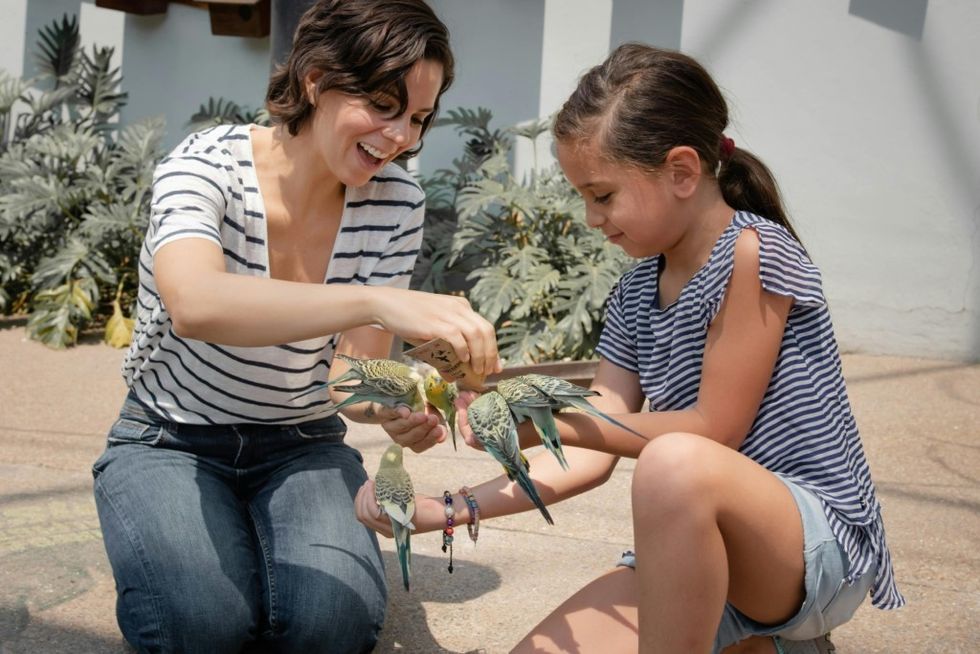

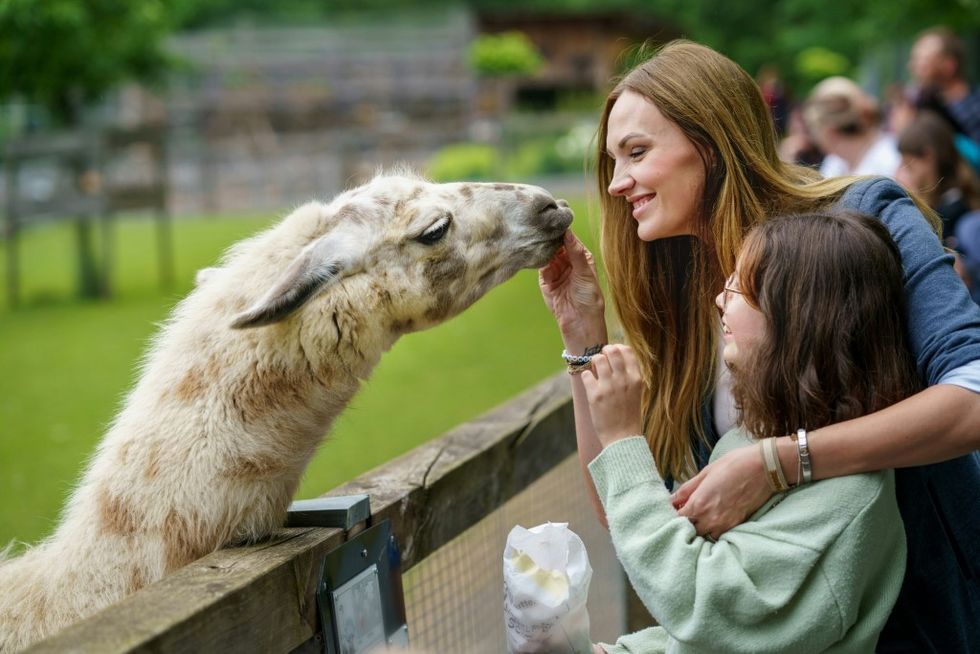
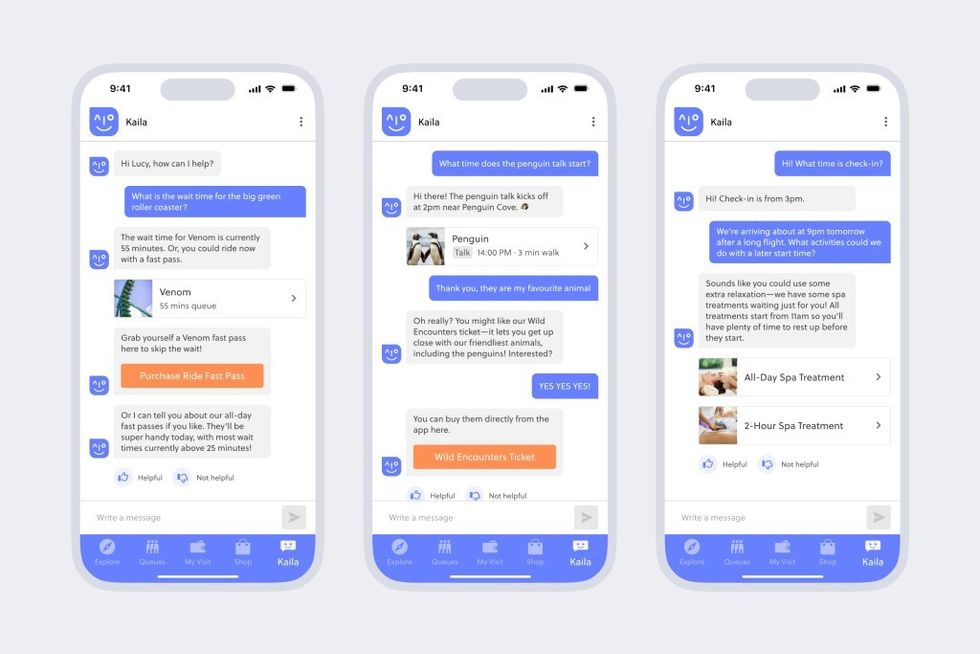


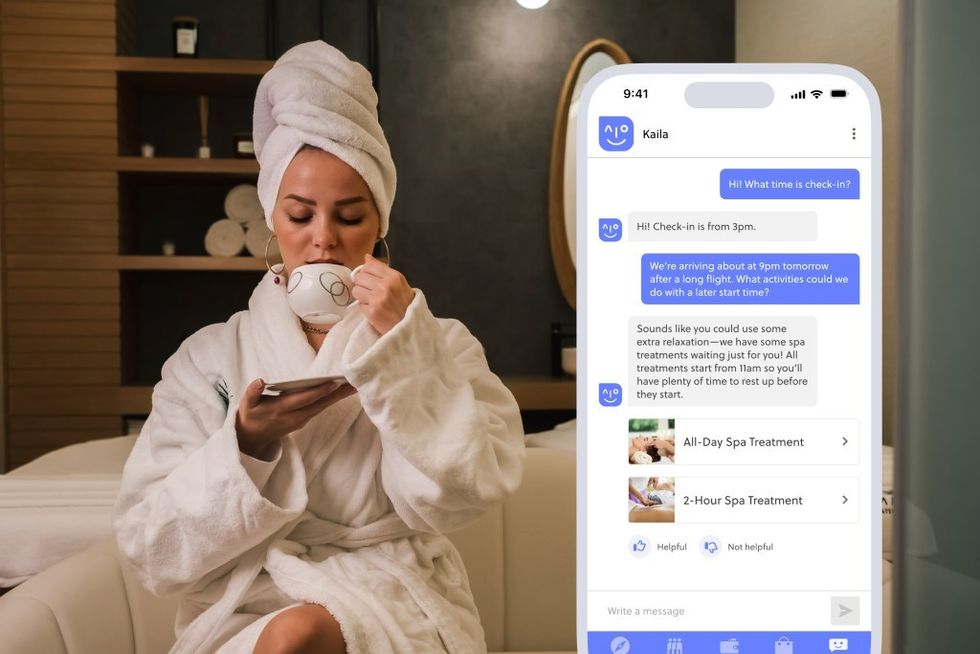
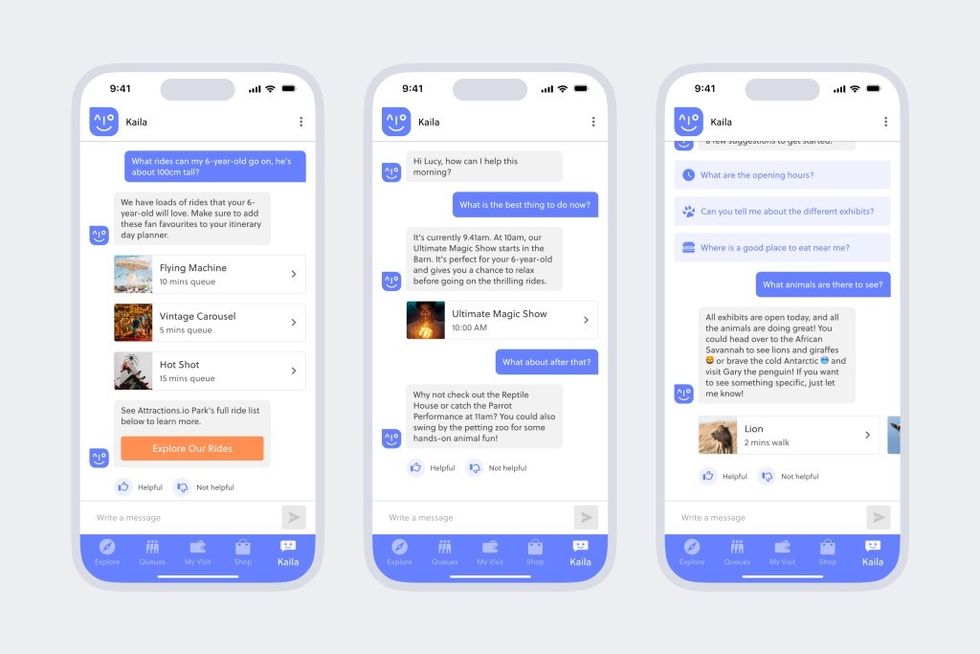

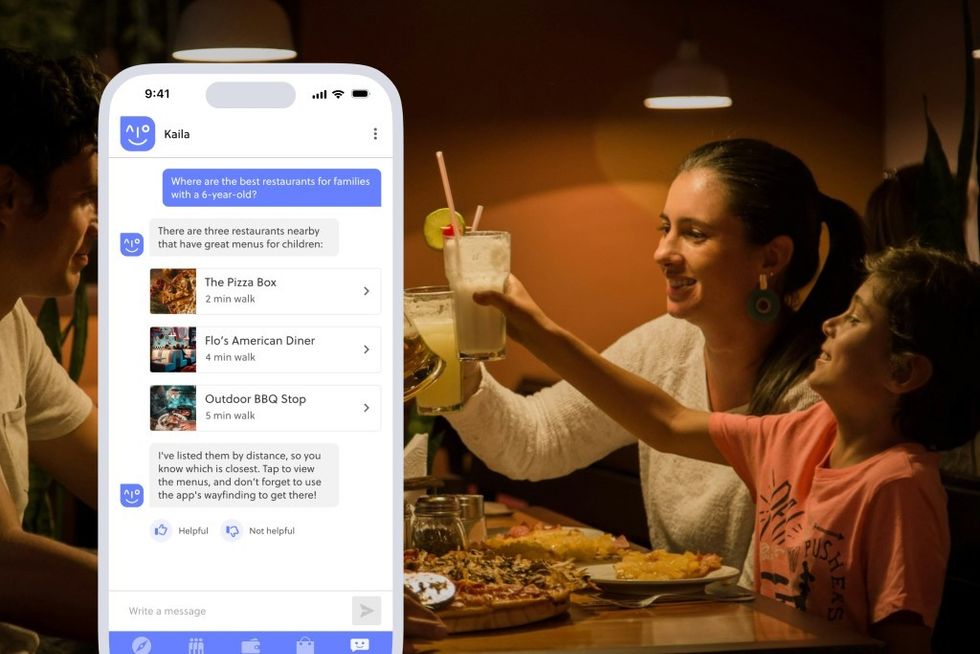
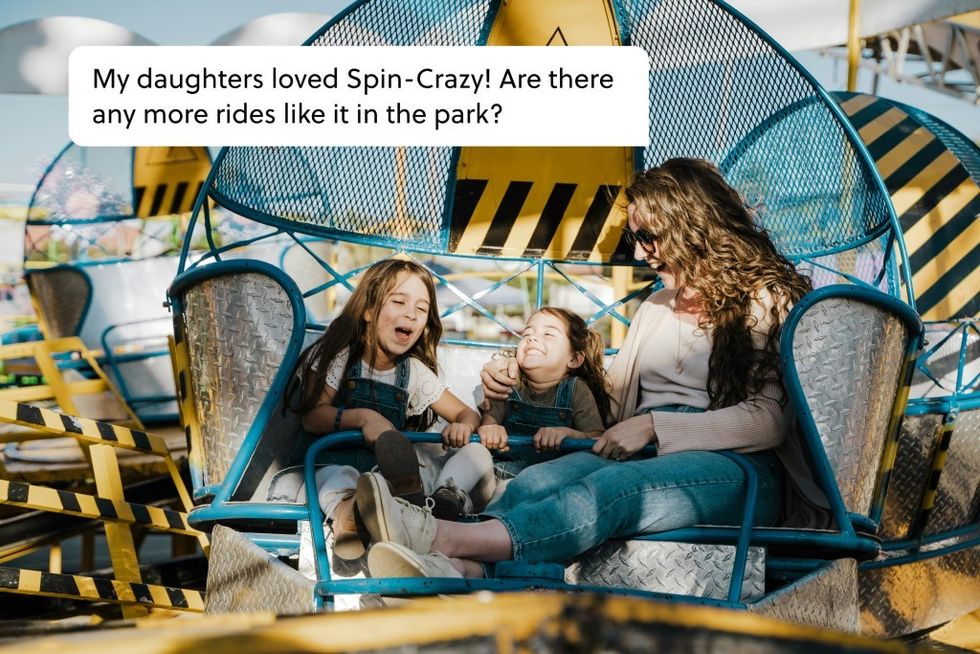
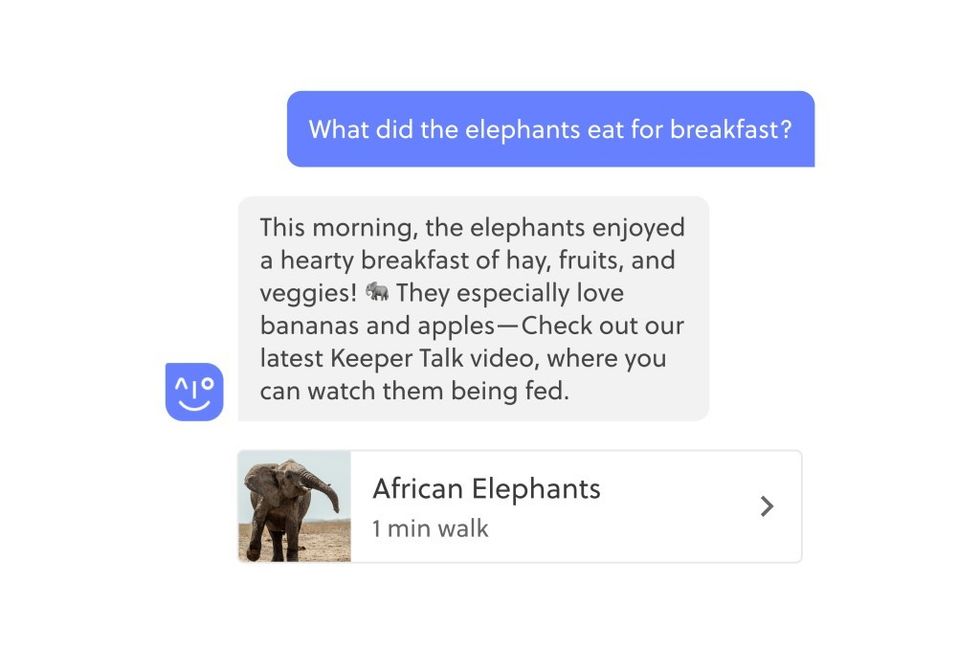



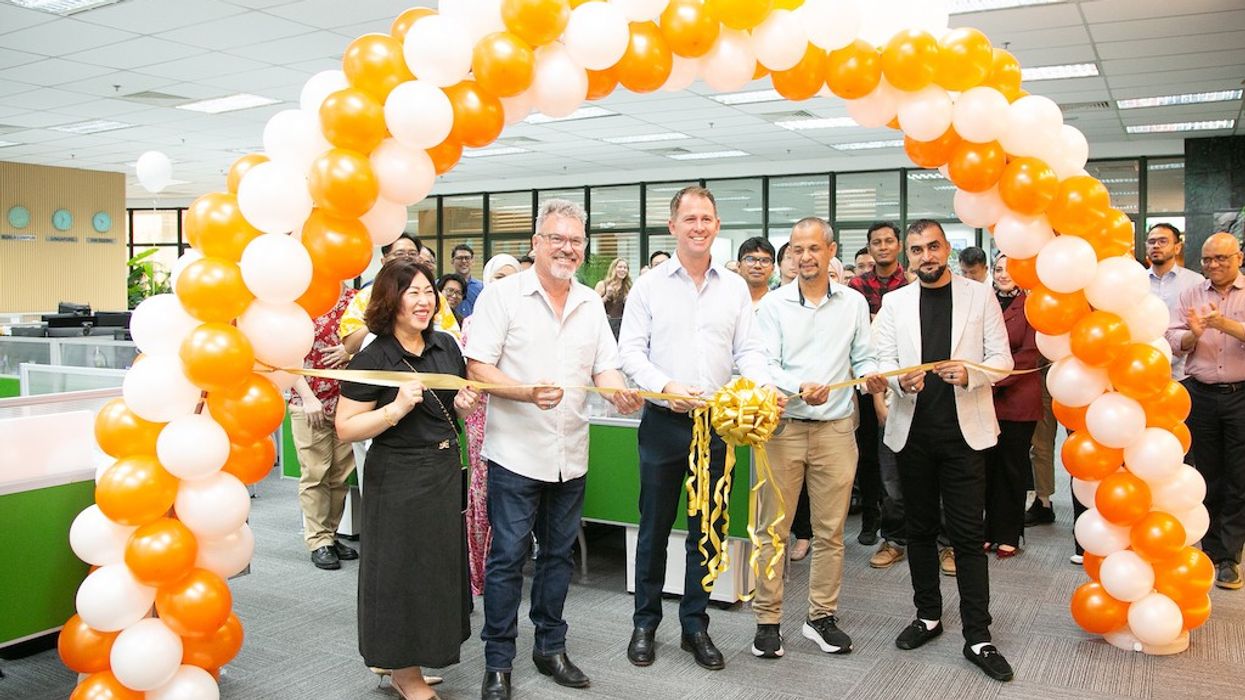


 TM Lim and Adam Wales
TM Lim and Adam Wales







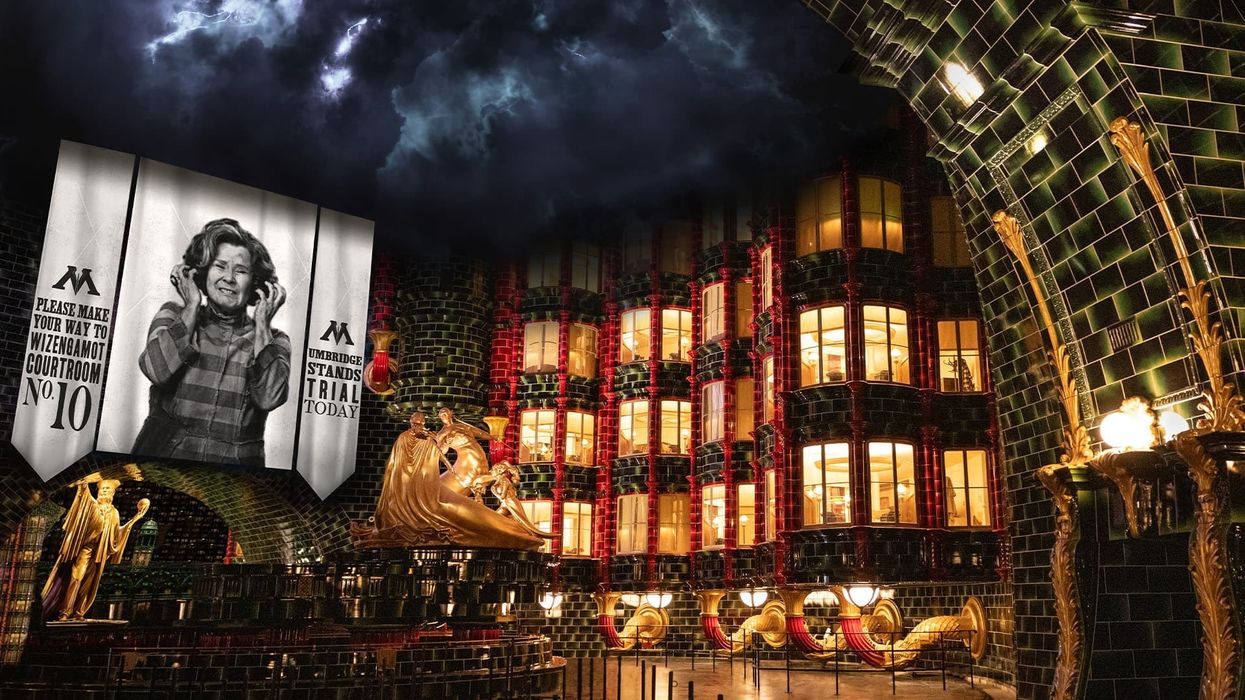

 Toby Harris
Toby Harris Hijingo
Hijingo Flight Club, Washington D.C.
Flight Club, Washington D.C.
 Flight Club Philadelphia
Flight Club Philadelphia Flight Club Philadelphia
Flight Club Philadelphia Bounce
Bounce Hijingo
Hijingo Bounce
Bounce
 Fernando Eiroa
Fernando Eiroa











 Nickelodeon Land at Parque de Atracciones de Madrid
Nickelodeon Land at Parque de Atracciones de Madrid Raging Waters
Raging Waters  Mirabilandia's iSpeed coaster
Mirabilandia's iSpeed coaster Parque de Atracciones de Madrid
Parque de Atracciones de Madrid Ferracci at the ribbon-cutting ceremony for Nickelodeon Land at Mirabilandia, with (left) Marie Marks, senior VP of global experiences for Paramount and (cutting the ribbon) Sabrina Mangina, GM at Mirabilandia
Ferracci at the ribbon-cutting ceremony for Nickelodeon Land at Mirabilandia, with (left) Marie Marks, senior VP of global experiences for Paramount and (cutting the ribbon) Sabrina Mangina, GM at Mirabilandia Tropical Islands OHANA hotel
Tropical Islands OHANA hotel Elephants at Blackpool Zoo
Elephants at Blackpool Zoo  Tusenfryd
Tusenfryd
 Andrew Thomas, Jason Aldous and Rik Athorne
Andrew Thomas, Jason Aldous and Rik Athorne







